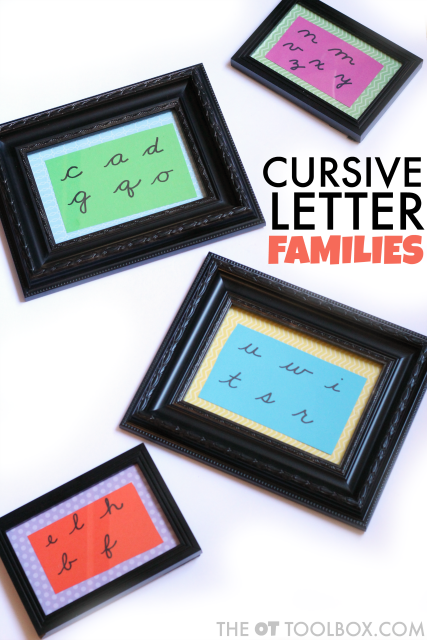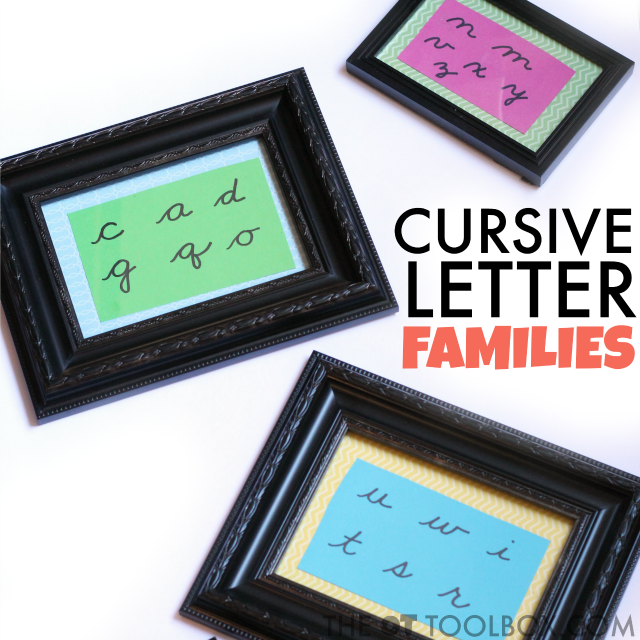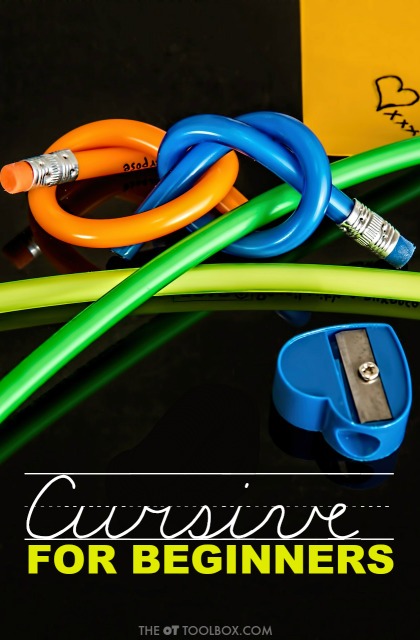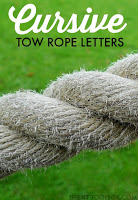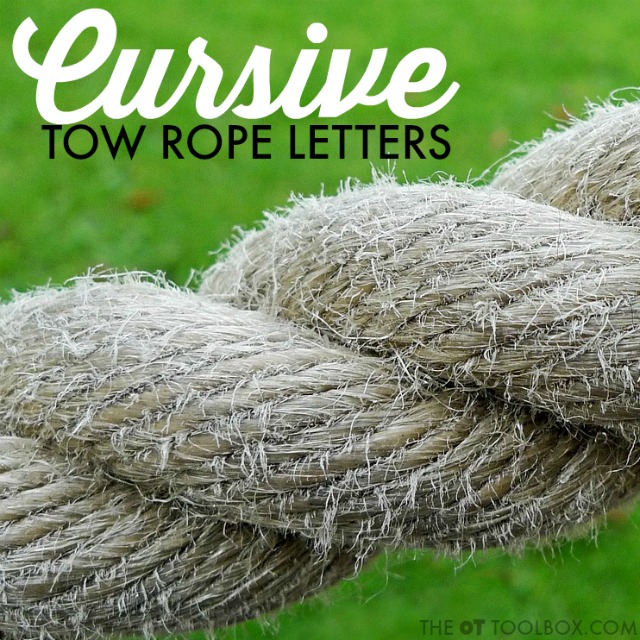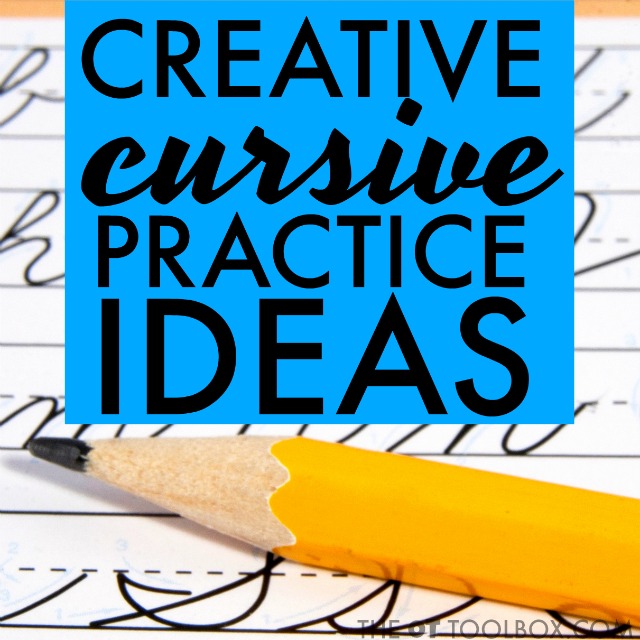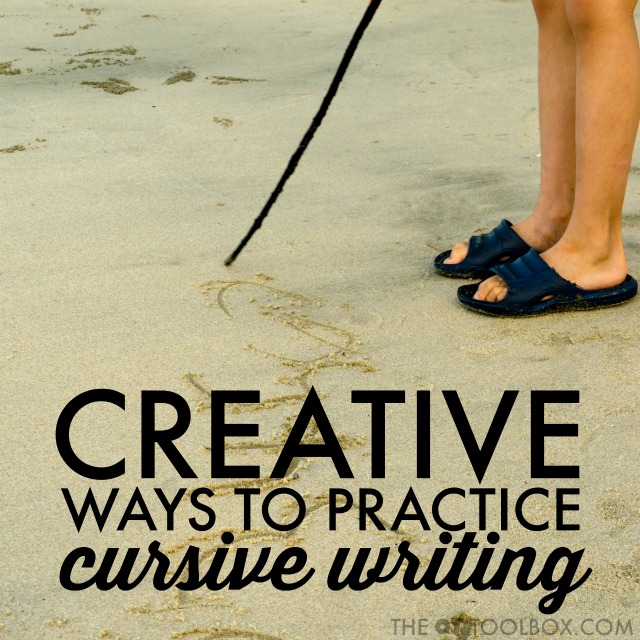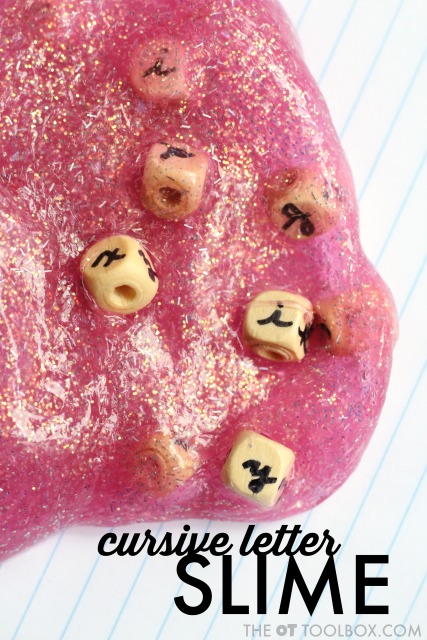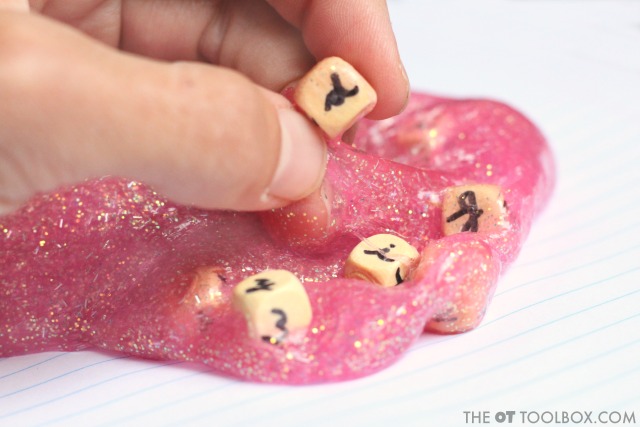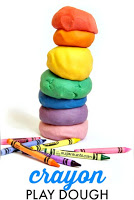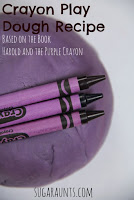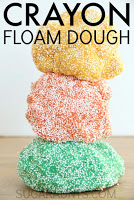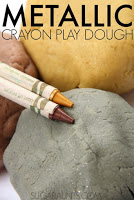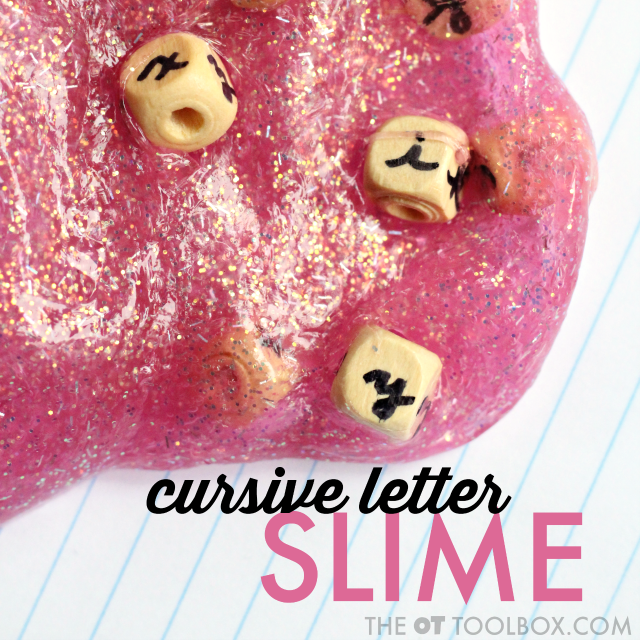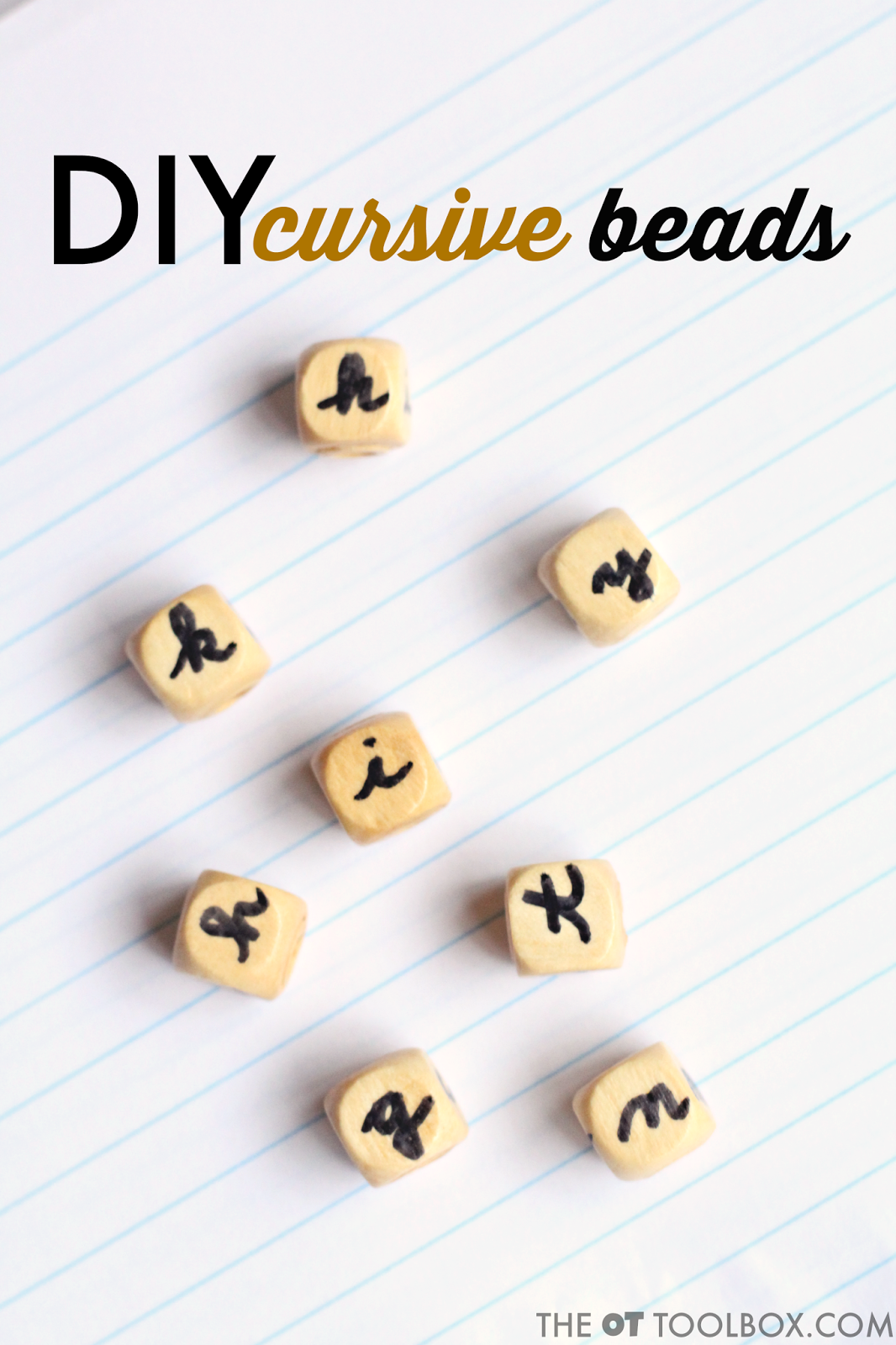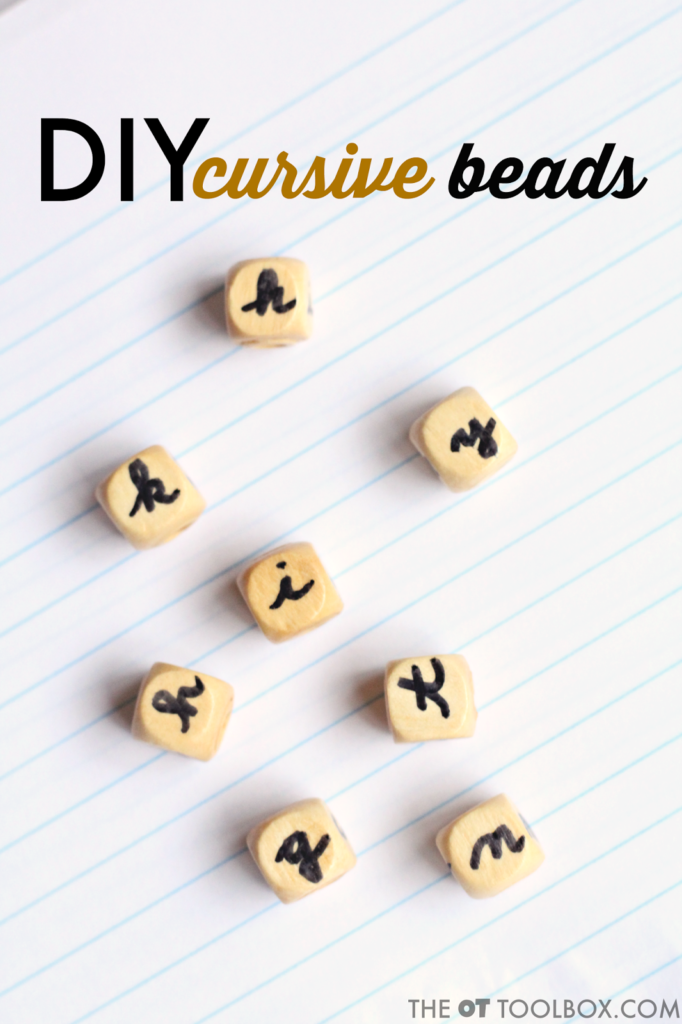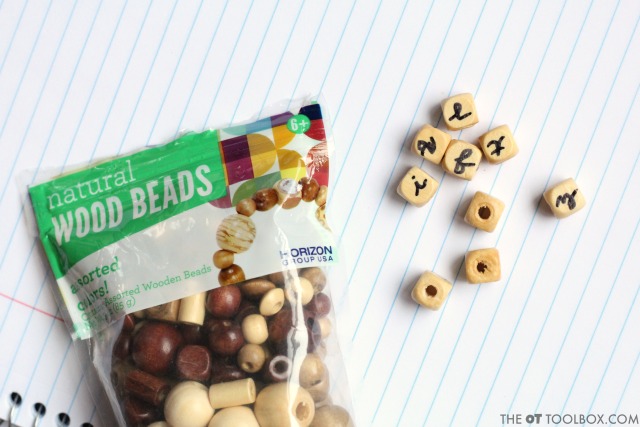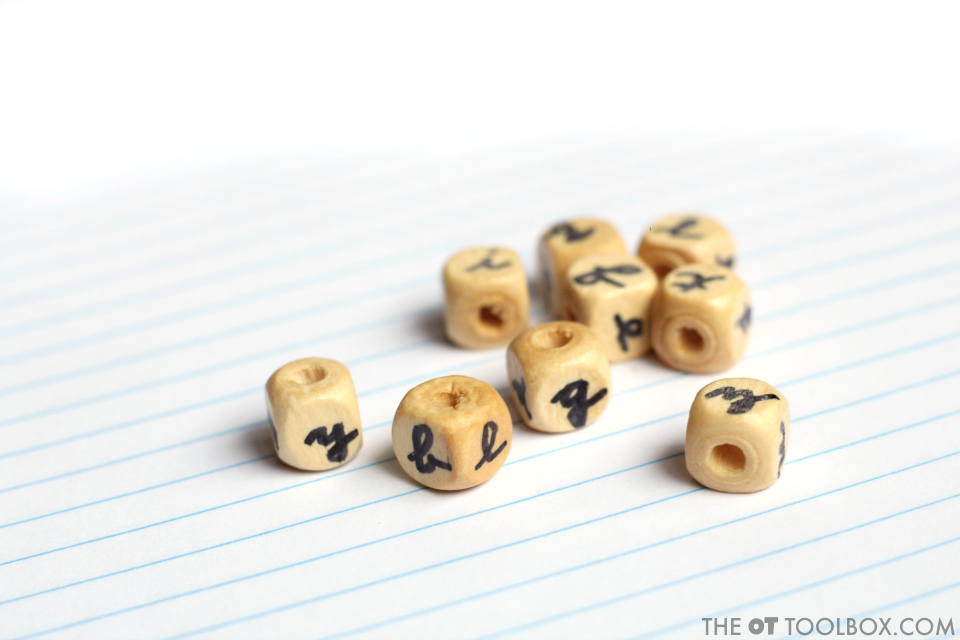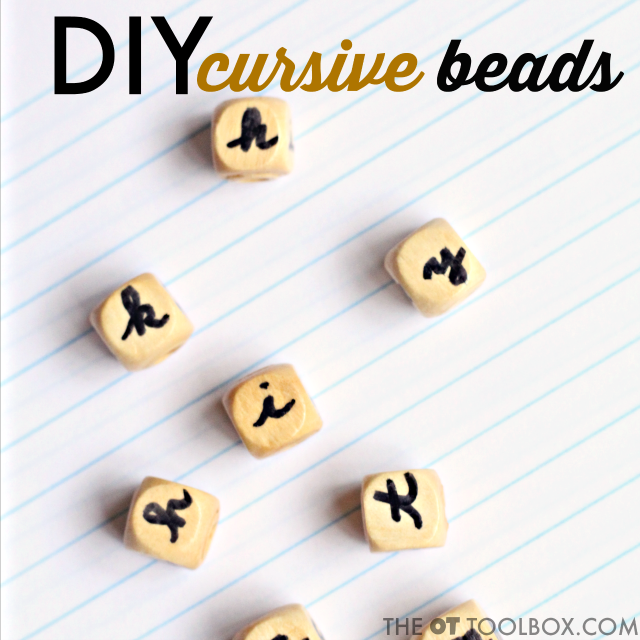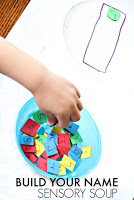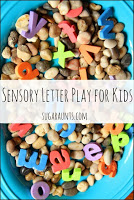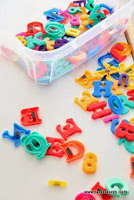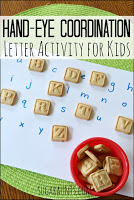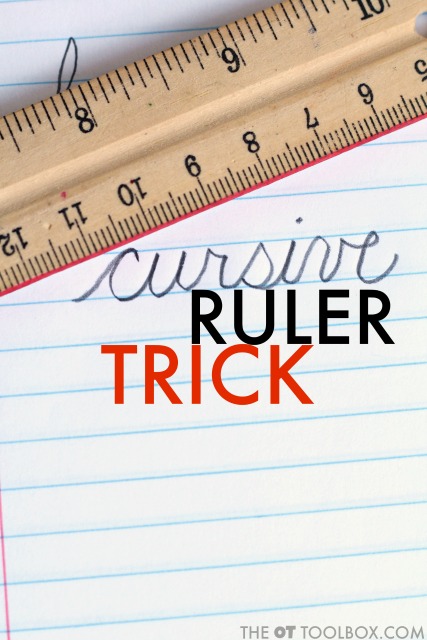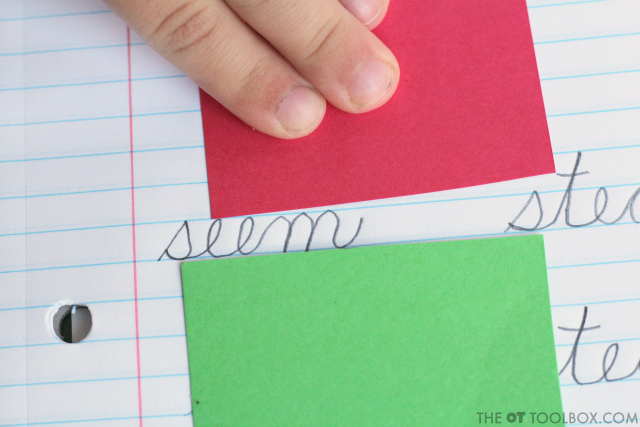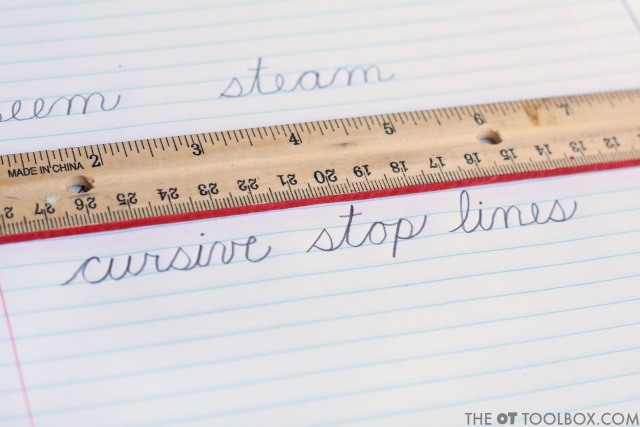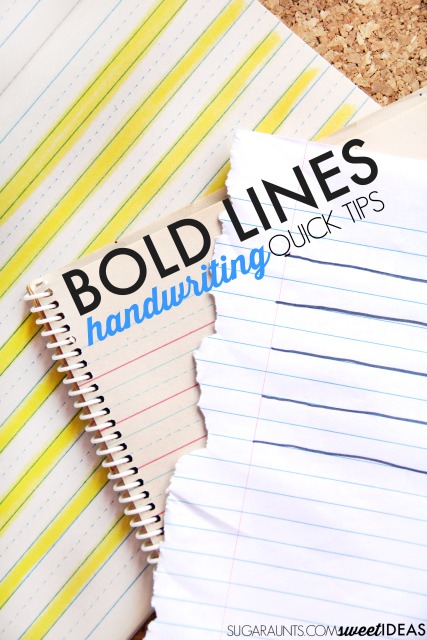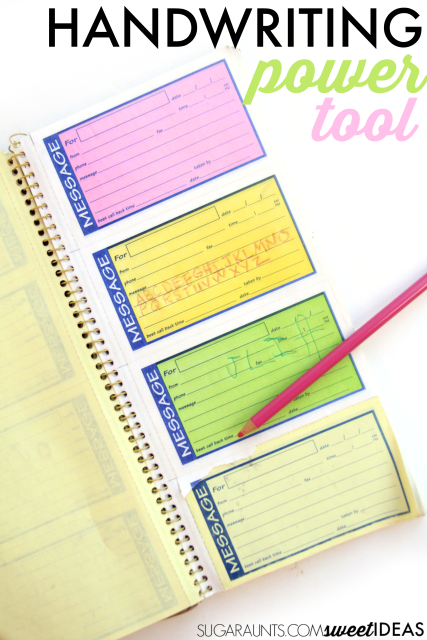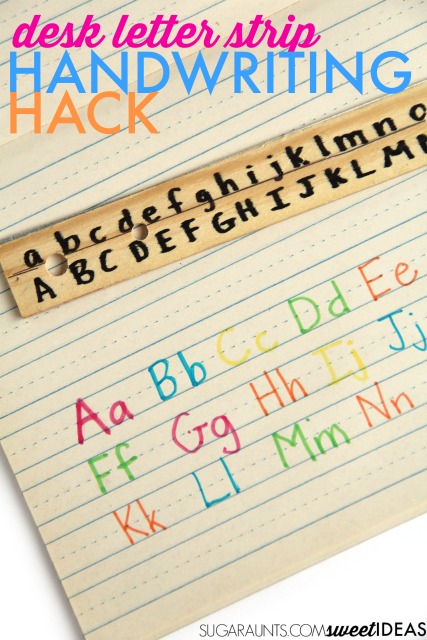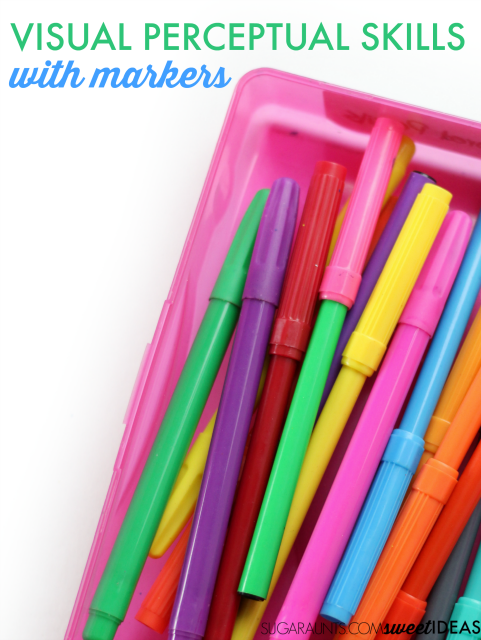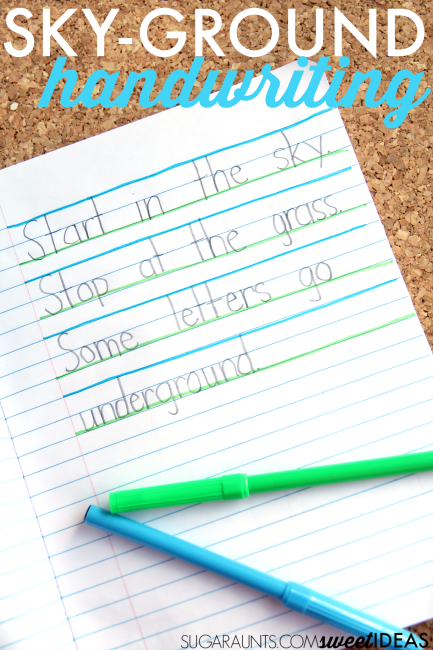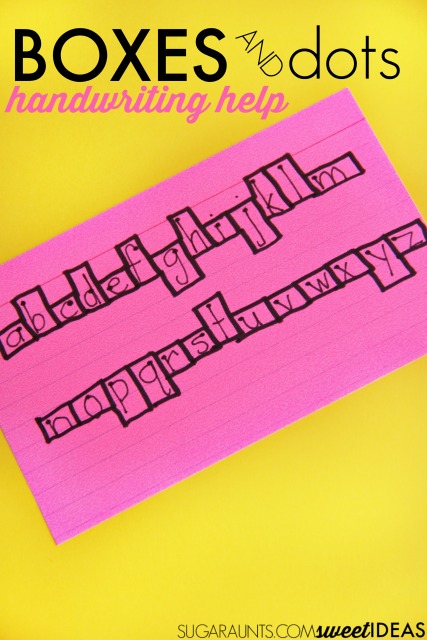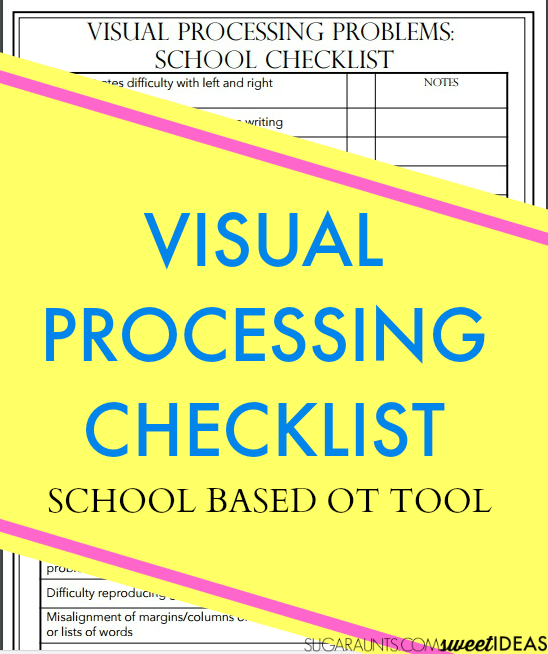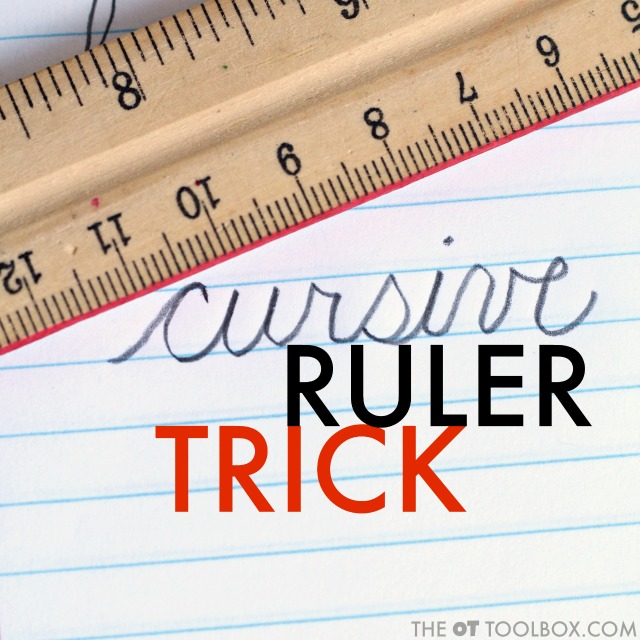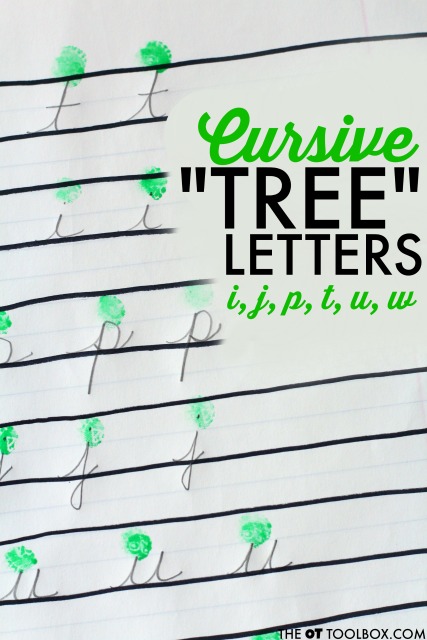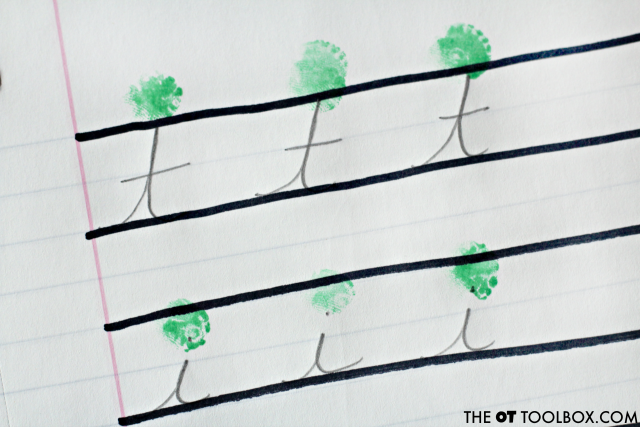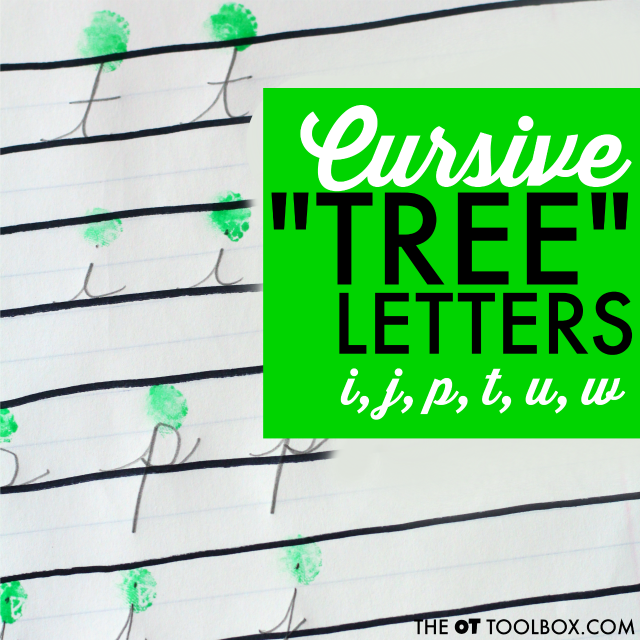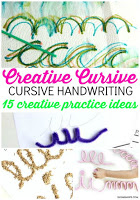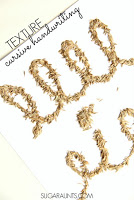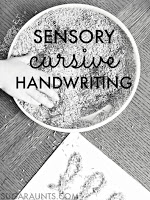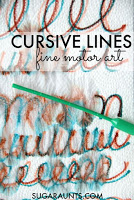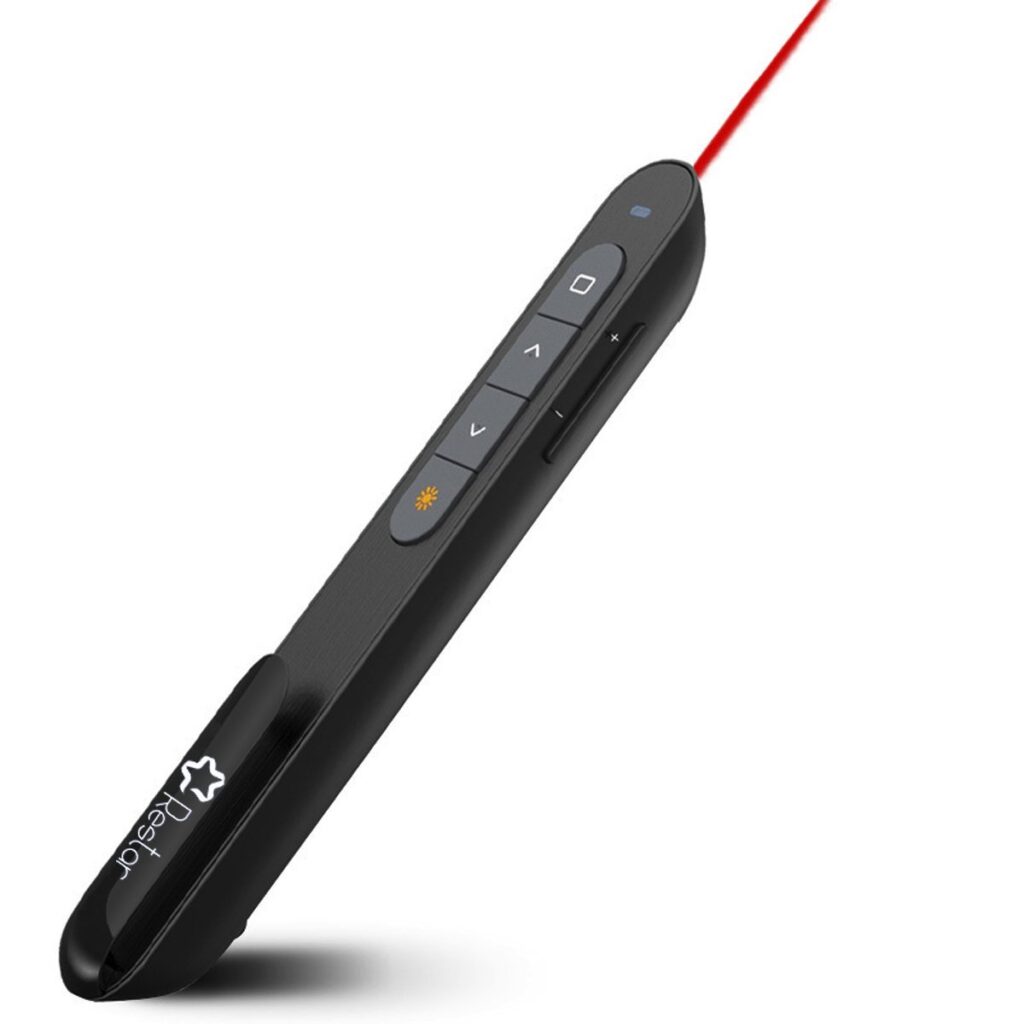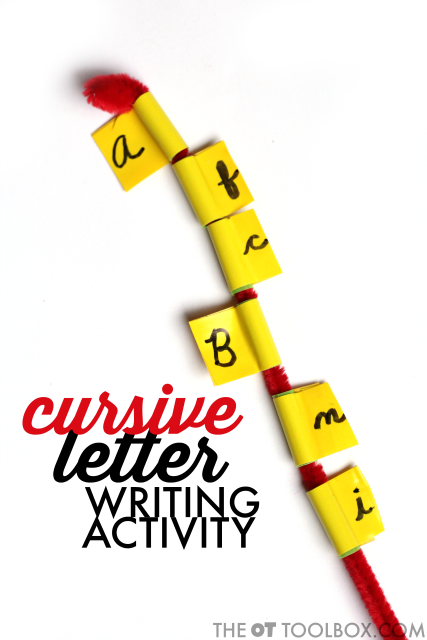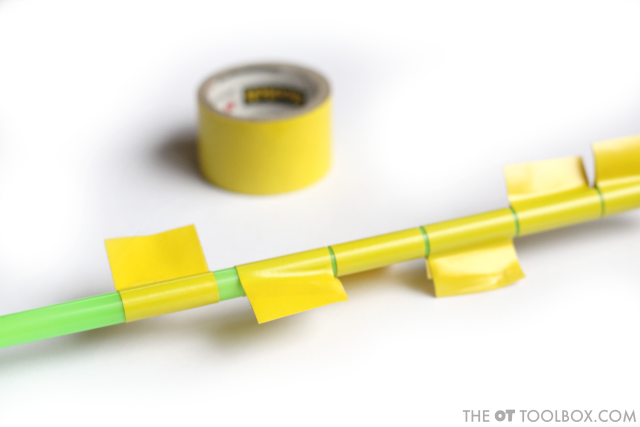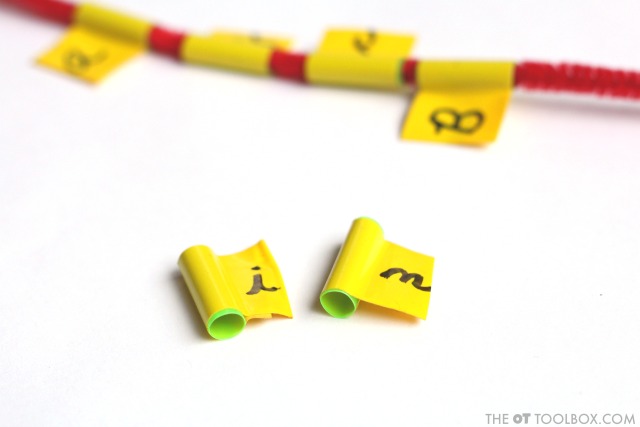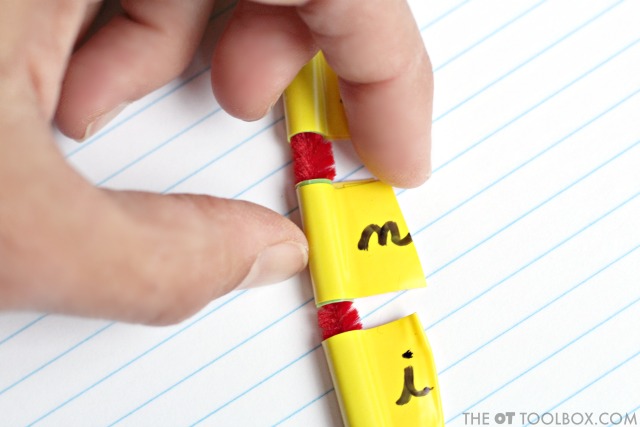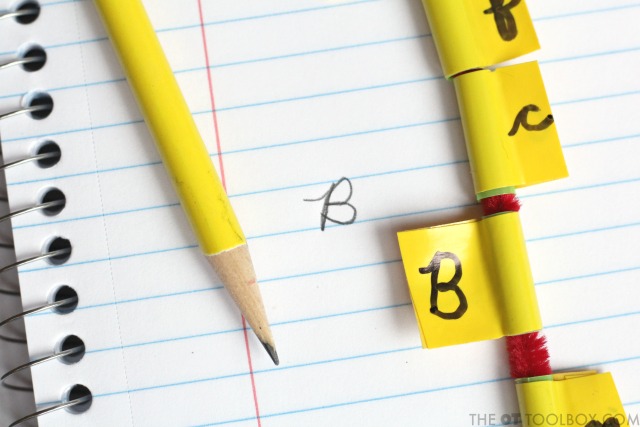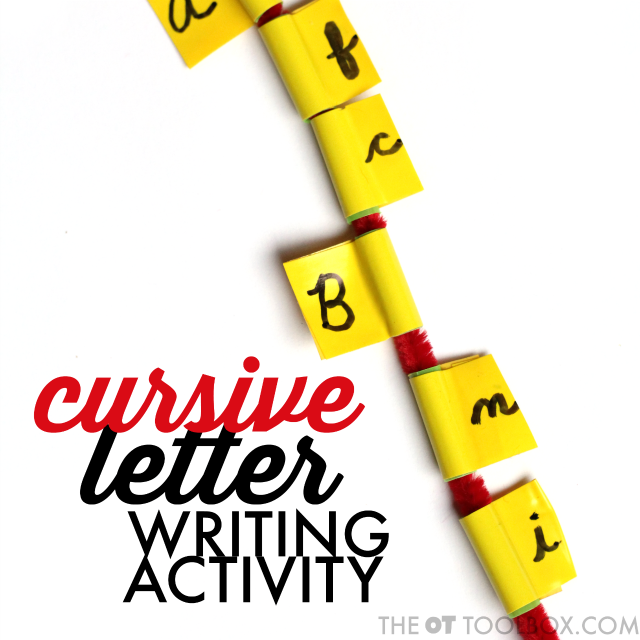This post includes a FREE download of the Valentine Cursive Alphabet Uppercase and Lowercase printable. Start here with understanding how to teach cursive…then check out this post on which cursive letters to teach first. Then use the free cursive letters printable at the bottom of this page to work on cursive letter writing with a Valentine’s Day theme! This is a great activity to incorporate into your Valentines Day occupational therapy activities.
Another great free resource is our printable Valentine’s Day cards and our newest printable, Valentines Day I Spy. Add both along with the Cursive letter activity below for a whole theme of skill development.
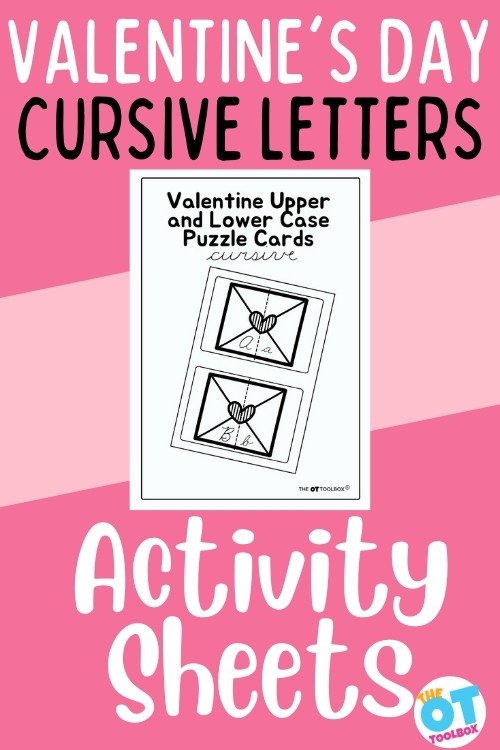
Cursive Alphabet Upper Case and Lower Case Activity
Because of the importance of cursive writing, the OT Toolbox has included cursive alphabet worksheets in it’s “Toolbox”. This uppercase and lowercase Valentines printable alphabet PDF is a great learning tool for beginning to recognize the letters.
In recent years there has been a lot of back and forth opinions about the validity and necessity of writing cursive. Some of the people creating school curricula feel this is an old language since it is not used in books any more, and most written expression is done on keyboards. While there is the argument that people only need cursive for signing their signature, and it should be abolished, cursive is so much more important than just a signature on a page. This article from the New York Times debates reasons to reinstate cursive writing in schools:
Students with learning differences such as dyslexia greatly benefit from learning cursive. Cursive letters such as “b and d” are different from manuscript, therefore easier to decipher.
Flowing letters connected together in cursive are often easier for young learners to write. There are fewer diagonals, a definite direction of the letters eliminating bottom to top formation, and not having to keep stopping and starting can be a very efficient form of written expression. This post on cursive letter families is helpful in breaking down letters into formation patterns.
The first stage to learning something new is being able to identify before being able to reproduce it. These upper and lowercase cursive alphabet worksheets for kids or other learners, are a great addition to your cursive curriculum. The OT Toolbox archives has an informative post on teaching cursive writing.
What better way to teach a new skill than to tie it to an adorable Valentine theme? Learners are more compliant when there is a motivating fun theme. While these uppercase and lowercase alphabet worksheets can be introduced around Valentine’s day, they are versatile enough to be used year round. YouTube has a great video highlighting the History (and importance) of Cursive Writing
How can I use these cursive alphabet upper and lowercase letter printable cards?
Incorporate this cursive letters printable into occupational therapy sessions to work on individualized goals no matter what level or skills the learner is working to address:
- Ask learners to write the letters as they match them
- Higher level learners can write down, or describe the directions to the game
- Print these on colored paper for more visual appeal or contrast, color the pictures, or laminate the pages to make these more sturdy and reusable
- Learners can explore other games they could make using these Valentine match cards (perhaps hiding the letters around the room and having learners run around collecting them, or creating a “memory” game out of these upper and lowercase writing cards)
- Practice scissor skills by cutting these cards apart
- Change the weight of the paper – heavier paper is easier to handle
- Make these into tracing cards with or without laminating them.
- Research and talk about the importance of cursive writing, and have a debate
- Project onto a smartboard for a group task using a pointer to push the pieces together
- Enlarge or shrink this task to change the degree of difficulty
- Turn it into a gross motor task, sensory activity, following directions game, or combination of all of these
- Use this task during more than one session by adding cursive practice, letter recognition, copying from a model, or putting letters together to make words.
Skilled OT Observations with this Cursive Activity
When working on this Valentine upper and lowercase cursive matching activity, there are several observations that can be made:
- Can your learner scan the pages to identify the correct letters? Are they recognizing what they are matching or merely matching shapes? Can they match items that are related but not the same (form constancy)?
- How many items can your learner correctly match?
- Can your learner correctly hold and manipulate the scissors? How much assistance do they need to grip the scissors and cut on the lines?
- Can your student continue to hold the scissors while trying to manipulate the paper?
- How many times do you need to repeat the directions so your learner can follow them?
- How many reminders does your learner need while doing this activity?
- Can they stay on task during this upper and lowercase cursive matching task?
As with this Cursive Alphabet Uppercase Lowercase Valentine Worksheet, or any of the worksheets and activities on the OT Toolbox, you can teach one or ten different skills while teaching them. Working on letter recognition? Skip the cutting and coloring section. Focusing on visual perception? Don’t have students write the letters after matching the cards. Beginning cursive learners? Have a letter page example with all of the letters as a reference.
You may decide you are focusing your treatment on task completion or compliance with a non preferred task. Therefore your observations would lean more toward behaviors and reactions, than written expression.
Make several observations while your learners are working on these cursive letter matching pages. See how you might need to grade or modify the task for your next group of learners. Decide what works, and what does not work using this set of cards.
Use the other Valentine’s printables available on the OT Toolbox to create an impressive lesson plan. Here is an entire Valentine Fine Motor Kit!
Whether you are searching for Valentines Slide Decks, posts highlighting Valentines Day ideas, or anything you want to build into your lesson plan, type your ideas into the search bar and tons of activities, posts, free printables, and kits will be available to you.
Whenever you get the urge to jump on the bandwagon to eliminate cursive, just take a look at the handwritten notes from your grandmother, or other elderly people. It is simply beautiful penmanship and should not be lost in favor of typing.
Cursive – it’s more than just a signature!
Free Upper Case and Lowercase Cursive Letters Printable
Enter your email address below to download this free cursive alphabet Uppercase and Lowercase Valentines Worksheet
Victoria Wood, OTR/L

Victoria Wood, OTR/L is a contributor to The OT Toolbox and has been providing Occupational Therapy treatment in pediatrics for more than 25 years. She has practiced in hospital settings (inpatient, outpatient, NICU, PICU), school systems, and outpatient clinics in several states. She has treated hundreds of children with various sensory processing dysfunction in the areas of behavior, gross/fine motor skills, social skills and self-care. Ms. Wood has also been a featured speaker at seminars, webinars, and school staff development training. She is the author of Seeing your Home and Community with Sensory Eyes.


